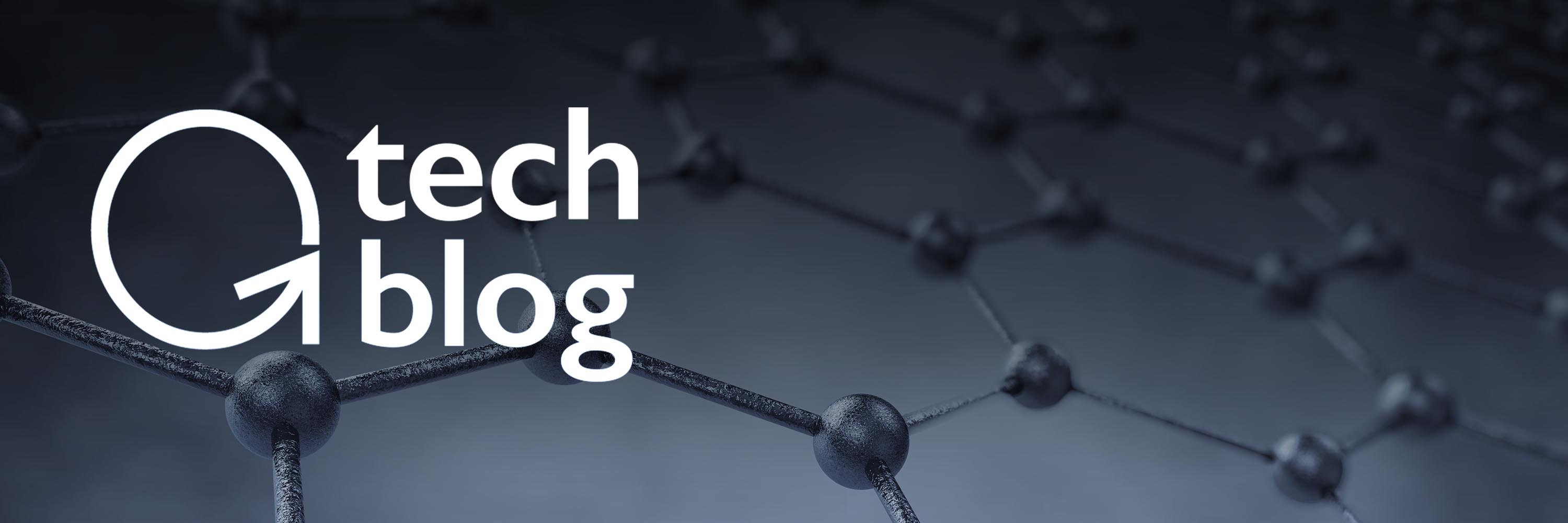
In this week's Abundance Insider: Living immunotherapy treatment, bionic touch-restoring fingertips, and renewable plastic from plants and pollution.
Cheers,
Peter, Marissa, Cody, Maxx, Kelley and Greg
P.S. Send any tips to data@diamandis.com, and send your friends and family to this link to subscribe to Abundance Insider.
The Future of Farming May Live Inside This Box

What it is: Freight Farms is a Boston-based startup that's converting old shipping containers into what it calls "Leafy Green Machines," or hydroponic farms that represent an acre of farmland. One such setup at a local school produces 800 heads of lettuce for the cafeteria -- using 90% less water, no soil or pesticides, and a 320-square-foot space, according to Fox Business.
Why it's important: By dematerializing and demonetizing farmland, Freight Farms hopes to make sustainable, local, healthy, organic food accessible -- and help a new wave of people contribute to the food system.
Spotted by Clyde Dennis
Scientists Restore Patients' Vision With Eye Lens Grown From Stem Cells
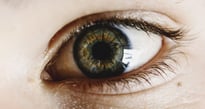
What it is: Joint research from the University of California, San Diego School of Medicine and Shiley Eye Institute has yielded an eye lens restoration treatment that uses the patient's own lens epithelial stem cells to regenerate functional lenses. In a small human trial of pediatric cataract patients, the technique restored vision to all 12 patients after three months.
Why it's important: Age-related cataracts is the leading cause of blindness in the world, affecting over 20 million people in the U.S. alone. Current surgical techniques leave many patients with suboptimal vision, and a large portion must still wear corrective eyewear to read or drive. By using the patient's own stem cells to regenerate superior eye lenses in situ, researchers eliminate current surgical hurdles like pathogen transmission and immune rejection.
Spotted by Peter Diamandis
Renewable Plastic From Carbon Dioxide and Plants
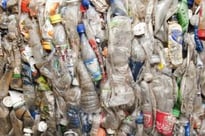
What it is: Can pollution and plants be used to make plastic? Stanford scientists have just done that with PEF, or polyethylene furandicarboxylate, which is made from ethylene glycol and a compound called 2-5-Furandicarboxylic acid (FDCA). Unlike PET plastic, which is partially derived from refined petroleum, PEF can be sourced from biomass -- think grass, weeds and other agricultural waste.
Why it's important: The Stanford researchers are applying this chemistry not just to sustainable plastic production, but for renewable fuels and other compounds that rely on hydrogen and carbon dioxide.
Spotted by Bill Shevlin
Amputee Feels Texture With a 'Bionic' Fingertip
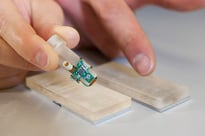
What it is: EPFL and SSSA researchers have created an artificial "bionic" fingertip that uses electrical signals to help amputee Dennis Aabo Sorensen recognize texture. "The stimulation felt almost like what I would feel with my hand," says Sorensen. "I felt the texture sensations at the tip of the index finger of my phantom hand."
Why it's important: Neuroprosthetics research can help us understand how the brain creates the human sense of touch -- knowledge we'll need to accelerate the development of artificial touch in robots used for surgery, manufacturing and rescue.
Spotted by Peter Diamandis
Team SGS Geostat Wins the Integra Gold Rush Challenge

What it is: SGS Geostat has won the Gold Rush Challenge, beating out four other finalists in a quest to find gold across Integra Gold Corp.'s Lamaque project in Quebec using geological data. To win the HeroX-hosted challenge, and the $500K purse, SGS Geostat used geostatistical methods, machine learning and virtual reality to identify high-value targets.
Why it's important: Peter has written extensively about the 2001 Goldcorp Challenge, and this is even more evidence of the power of incentive competitions. Identify the problem, supply the data, and let teams around the world compete for the best solution.
Spotted by John Collins
Can Large-Scale Solar Power Storage Become a Reality?
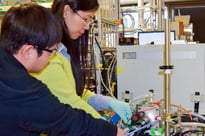
What it is: Stanford materials science engineers have discovered that metal-oxide solar cells are better energy storage candidates than silicon solar cells. Silicon cells, while excellent at converting ultraviolet and visible light into electricity, waste heat-bearing infrared light. Metal oxides, as the researchers discovered, actually became more efficient as they got hotter -- ultimately doubling the rate of hydrogen generation.
Why it's important: Metal oxides like titanium oxide, iron oxide and bismuth vanadium oxide could hold the key to creating a cost-effective, carbon-neutral energy cycle and large-scale solar power storage.
Spotted by Bill Shevlin
Living Factories of the Future
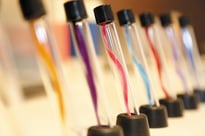
What it is: Christina Smolke and her colleagues at Stanford are engineering yeast to transform it into a biofactory -- producing the pain relief drug hydrocodone with just sugar as a raw ingredient. This article describes Smolke's research, other success stories in synthetic biology and a summary of major opportunities in the field.
Why it's important: As the cost of DNA sequencing continues to plummet, researchers have more genetic data than ever to mine for valuable insights. Synthetic biologist Michael Jewett illustrates the promise of this field succinctly: "Imagine a world where we could adapt biology to manufacture any product renewably, quickly and on demand."
Spotted by Ian Pitchford
Immunotherapy Treatment Yields Dramatic Remissions in Blood Cancer
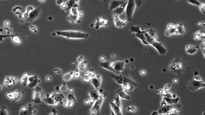
What it is: The Fred Hutchinson Cancer Research Center has pioneered a breakthrough "living" immunotherapy treatment that engineers the patient's immune cells so that they target specific molecules on cancer cells. Thus far, researchers report the treatment has had "dramatic" remissions -- even on patients with tumors that have been resistant to high-dose chemotherapy.
Why it's important: By engineering our own immune cells, we're able to kill off cancer cells without conventional chemotherapy, improving patient outcomes while also decreasing side effects. "The results are simply astounding," said Stanley Riddell, MD. "We are treating patients with advanced leukemia and lymphoma that have failed every conventional therapy and radiation therapy, including transplants... in a single treatment. Within weeks, the patient goes into remission."
Spotted by Peter Diamandis
What is Abundance Insider?
This email is a briefing of the week's most compelling, abundance-enabling tech developments, curated by Marissa Brassfield in preparation for Abundance 360. Read more about A360 below.
Want more conversations like this?
At Abundance 360, Peter's 250-person executive mastermind, we teach the metatrends, implications and unfair advantages for entrepreneurs enabled by breakthroughs like those featured above. The program is highly selective and we're almost full, but we're still looking for a few final CEOs and entrepreneurs who want to change the world. Apply now for Abundance360 Summit if you'd like to develop an Abundance Mindset.
Know someone who would benefit from getting Abundance Insider? Send them to this link to sign up.
Topics: Abundance Insider




